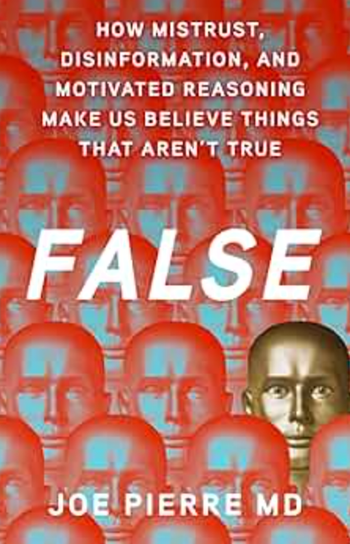Addressing Challenging Moments in Psychotherapy: Clinical Wisdom for Working with Individuals, Groups and Couples
Candid examples from psychotherapy and supervision makes this book by Jerome S. Gans, MD, a useful and enjoyable book for mental health professionals.
BOOK REVIEW
by Jerome S. Gans, MD; Routledge, September 30, 2021
140 pages; $31.96 (paperback)
Reviewed by Thomas G. Gutheil, MD
There are many useful books on beginning and continuing
Gans brings nearly a half-century of experience in individual, group, couples, and consultation-liaison psychiatry (full disclosure: he is a long-time colleague). He can legitimately claim to offer clinical wisdom, although his tone here is often self-effacing. The text positively bristles with clinical examples from both his private practice and his extensive supervisory role. With laudable candor, like all great teachers, he often imparts his own personal countertransference difficulties and their resolutions to illustrate a point. The net effect is that this book will provide a kind of short-cut to the depth of his experience in a readily accessible form. The writing is clear and vivid and will remind clinicians of every stripe of their actual practices.
Two of the divisions in the text are observations of human nature and clinical pearls. The former represent the kind of assessments of behavior patterns, character pathology, and interpersonal dynamics that would most likely be of interest to a wide audience. The pearls are helpful phrases that encourage, or even force, introspection and challenge those fixed attitudes and habitual interactions of which the individual patient or therapy group are unaware.
The book consists of 11 chapters of general observations from his years of practice and 10 chapters of clinical pearls, each of the latter based on 2 examples each of carefully constructed comments that promote therapeutic progress, resolve dilemmas, or confront defenses. The focus here on “what do you actually say” will be of enormous help to therapists in general, especially beginners. Here are some brief examples of what a pearl looks like may be helpful in grasping this approach.
In supervision:
Many natural reactions are not helpful and many helpful reactions do not come naturally.
When groups externalize:
Isn’t it fortunate that all the objectionable people reside outside of our group?
In couples’ therapy:
How did such a kind, caring woman like you happen to choose a man like
him?
With a complaining patient:
What is it like coming every week to a therapist who doesn’t answer your questions, repeatedly misses the mark with her comments, and isn’t helping you?
The mechanisms by which these feats are accomplished are not usually to be found in textbooks of
Gans explores the uses of humor, irony, paradox, counterprojective statements, and gentle management of defenses in individual and group therapy, with careful attention to timing, dosage, and potential pitfalls. Core value is placed on the state of the
In the present popularity of cognitive behavioral therapy, dialectical behavioral therapy, and psychopharmacology, effective psychodynamic therapy sometimes seems to take a back seat. This book reassures those of us who practice the last category that this modality can be carefully and thoughtfully studied, improved, and used, all to the benefit of our patients.
Dr Gutheil has been faculty and staff at the Massachusetts Mental Health Center in Boston for half a century and is Professor of Psychiatry at Harvard Medical School. He is a member of the Psychiatric TimesTM Editorial Board.
Newsletter
Receive trusted psychiatric news, expert analysis, and clinical insights — subscribe today to support your practice and your patients.















